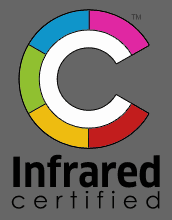
Thermal (Infrared) Imaging
This short video briefly goes over thermal imaging technology and why it’s valuable. We highly recommend adding thermal imaging to every inspection.
As new technologies are developed, they become available in areas of use far from what they were originally developed for. Thermal Imaging, also known as infrared imaging, is one such technology. Originally developed during the Vietnam War to find enemy soldiers at night, it progressed to medical imaging, industrial testing and, finally, to the construction trades and building consultation. Home inspections are a visual inspection, we can only report on what can be seen. Thermal imaging gives a professional home inspector the ability to see beyond the normally visible.
Make sure that when you hire a home inspector, who also does thermal imaging, that you hire one who has also been properly trained in how to use the imager. Many inspectors buy an infrared camera, but never take the training courses or become properly certified. All our inspectors are Infared Certified and properly trained on infrared equipment and building science.
First, let’s clear away some common myths about thermal imaging:
- Thermal imaging DOES NOT see through walls. The camera is very sensitive and can distinguish very minor differences in surface temperatures, it can not look through solid material. Forget about the things you have seen in spy movies.
- Thermal imaging sees differences in temperature. If an area appears to be cold, that DOES NOT automatically mean that the area has water. It can mean excessive moisture, but it can also just be cold. That is why it is so important for the thermographer to be fully trained and to check out suspicious areas with other tools, such as a deep probing moisture meter.
- Training is very important. Anyone with $250 can purchase a cheap clip on thermal imager for their cell phone. While these toys are cool, they are not professional grade equipment and are not being used by a trained and experienced thermographer. False positives are just as damaging as missing a real problem.
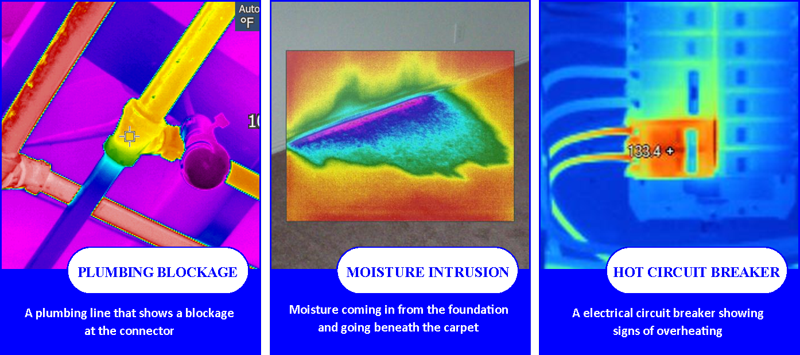
A professional home inspector, equipped with a thermal imaging camera and properly trained and certified in it’s use, can find problems with a house that a normal home inspector cannot. These problems include:
- Water intrusion through the houses exterior covering, whether the house has brick, stone, stucco or siding.
- Improperly installed or settled insulation.
- Water leaks around windows and doors.
- Plumbing leaks inside the house, including leaking pipes, improperly seated toilets, leaky shower pans and bathtubs and water pipe condensation.
- Improperly insulated HVAC ducting that have not been properly sealed or that cause condensation dripping in attics and crawlspaces.
- Improperly installed or insufficient insulation in ceilings and walls.
- Leaking roofs, skylights, roof vent piping and roof vents.
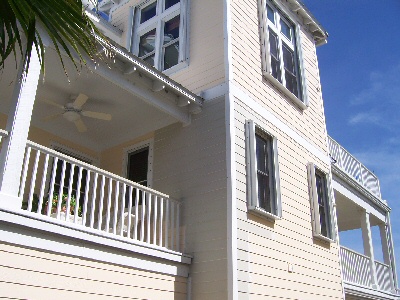
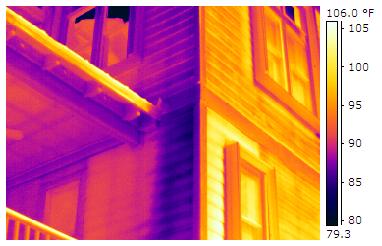
This house had problems with the installation of the siding which has lead to water (purple area in the center of picture, bottom) infiltration behind the siding. The gutter/sidewall area was not equipped with kick-out flashing, so the gutter over-splash had entered behind the siding.
Thermal imaging is very good at finding these kind of problems but it should only be done by a qualified, trained and certified thermographer.
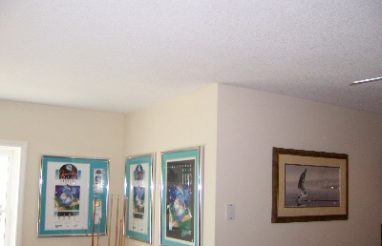
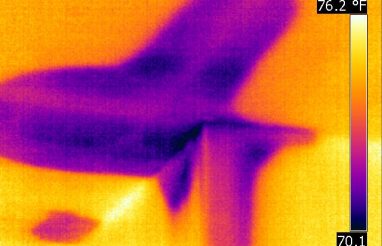
Thermal imaging in home inspection has many uses:
- Finding water leaks, water and air infiltration in walls, ceilings, through masonry, floors, above windows and doors.
- Evaluation of the electrical system of the house, looking for ‘hot’ connections and aging, overheating circuit beakers.
- Wood destroying insect infestation.
- Insulation efficiency and coverage.
- Energy efficiency and use evaluation, energy audits, HVAC duct leakage.
- Aged electrical receptacles, circuit breakers, loose wiring connections.
- Possible areas of mold buildup.
- Roof leakage
